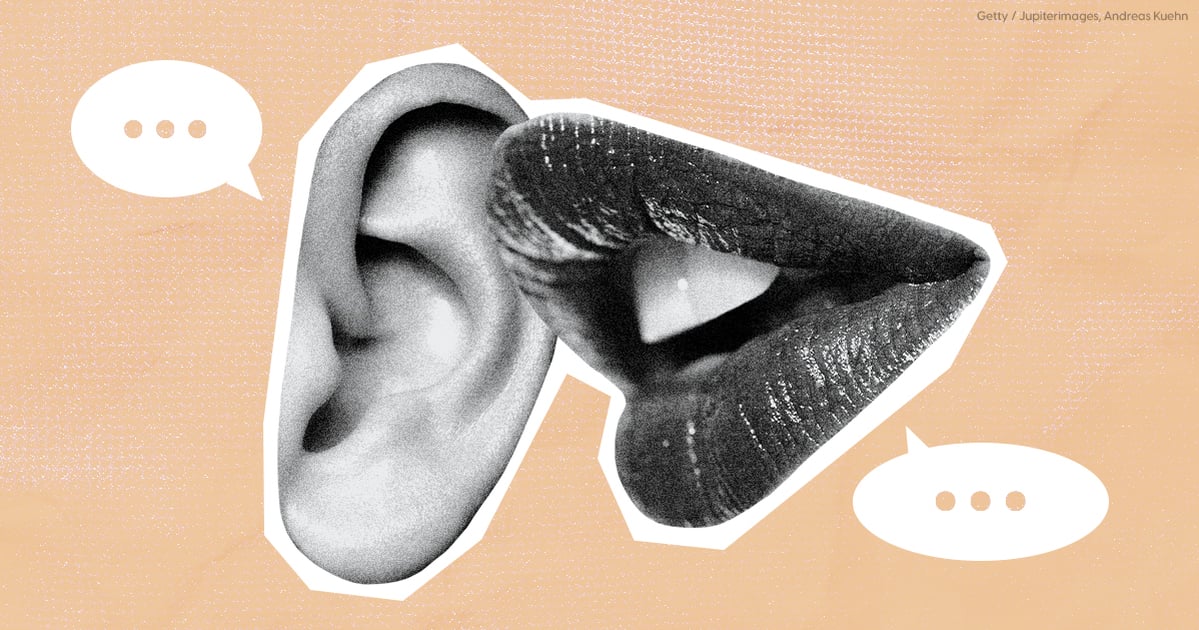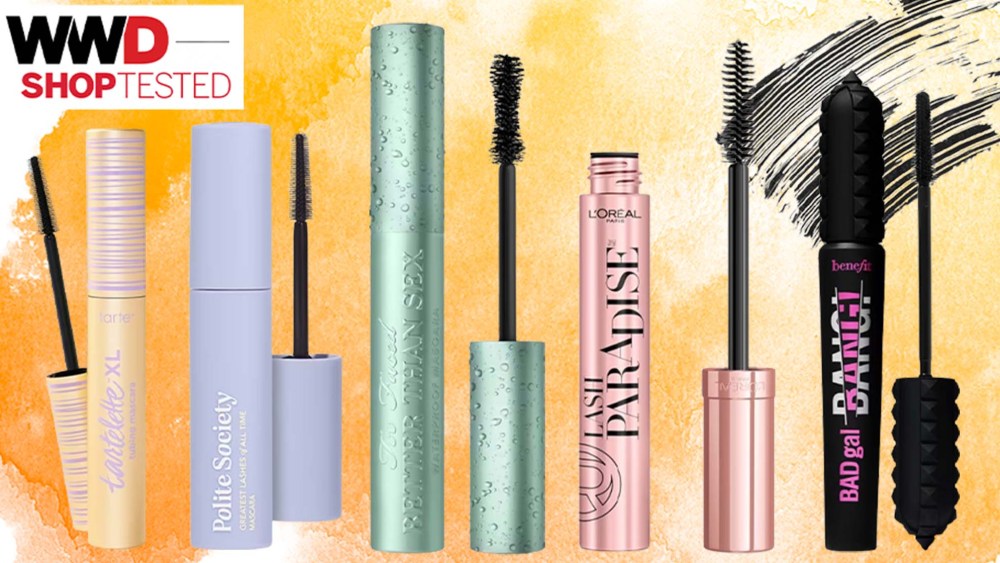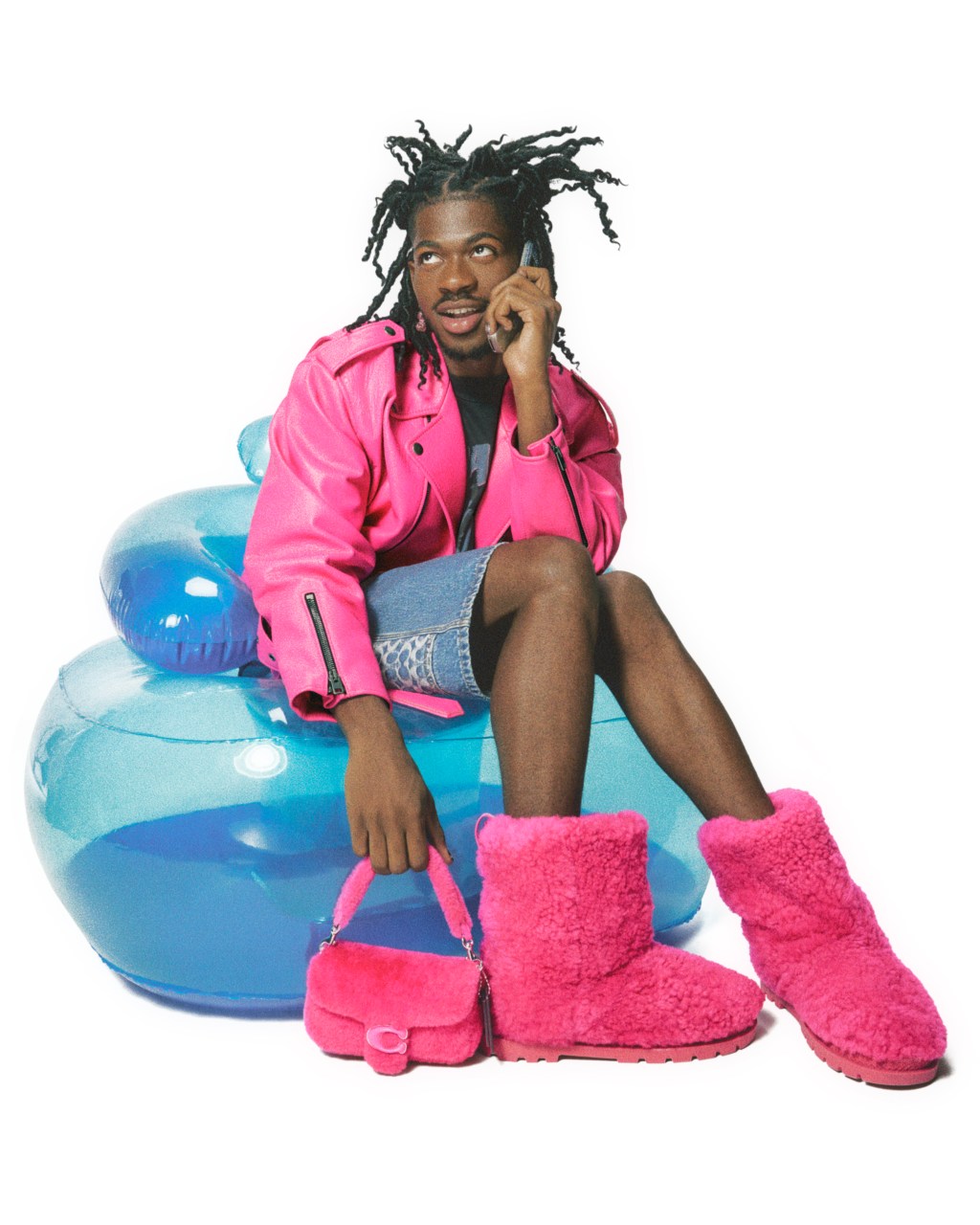Think about what it’s like to be at a birthday dinner where you have to interact with your friend’s neighbors for the first time, or what it’s like to be waiting for a Zoom to begin with coworkers you hardly know. In cases like these where you’re not super familiar with your company, you’ve likely had to lean on small talk to get you through the silence.
Because making small talk excludes big, potentially controversial topics like politics, religion, and a person’s love life, coming up with small talk questions and topics can be difficult. Most people, in fact, try to avoid the dreadful, surface-level conversation entirely because it feels forced (or because they don’t know how to make small talk in the first place).
But small talk is actually more powerful than we give it credit. “Small talk lays the groundwork for deeper, more meaningful connections,” etiquette expert Thomas P. Farley, says.
Below, Farley and another etiquette expert shares tips on how to make small talk. Trust, whether it be in your next Uber or at a wedding, you’ll feel confident engaging in small talk without bringing up how hot it is outside.
Experts Featured in This Article
Thomas P. Farley, also known as Mister Manners, is an etiquette expert and keynote speaker.
Daniel Post Senning is an etiquette expert and co-author of “Emily Post’s Etiquette.” (Senning is the great-great grandson of Emily Post.)
What Is Small Talk?
Small talk is “exchanging pleasantries with those we encounter in passing,” explains Farley. “It’s a way of finding commonalities with people we meet and spend time with, whether socially or in business.” Whether it’s about the weather or your local sport’s team, small talk is a type of conversation that people are forced to have in a variety of different circumstances.
When to Make Small Talk
Whenever you’re just not sure what will go over well with your audience, you’re probably in a moment or place where small talk is the most appropriate type of conversation. According to etiquette expert Daniel Post Senning, a few instances in which small talk is called for would be:
- Meeting someone for the first time
- When you don’t know someone well
- In a professional or work environment
- During public occasions (like a wedding)
- Early, early stages of dating
When in doubt, “If you’re putting on clothes that you don’t wear every day, that’s a good indicator to have a little more discretion in terms of how you conduct yourself,” Senning says.
That said, it’s likely you can recall a moment in which you had to make conversation with someone you barely knew and racked your mind for the best topic to get the ball rolling. This brings you to the next step of small talk: understanding how to small talk.
Small-Talk Questions
The easiest go-to small talk topic, of course, is the weather. It’s acceptable, sure, but it’s also predictable and perhaps the dullest of small-talk topics, Farley says. “Unless there is a tornado or blizzard on the way, the weather is simply not a creative way of sustaining conversation,” he says. “How many of us truly find ‘Hot enough for ya?’ fascinating fodder for discussion?”
Fortunately, there are plenty of topics that are perfectly safe and count as small talk that aren’t so general that your eyes glaze over even as you’re bringing them up. Here are some appropriate small-talk questions to ask about the next time you’re in a conversation:
- Have you watched any good Netflix shows recently?
- Ugh, I can’t stop thinking about how happy my dog will be to see me when I get home. Do you have any pets?
- Did you catch the football game on Sunday?
- Who is your favorite Kardashian sister?
- What’re you doing this weekend? Anything fun?
- I’m looking for a new restaurant to hit up this weekend. What’s your favorite in the city?
- I’m trying to decide where to go on my next vacation. Have you been anywhere lately that you’d recommend?
- How was work today? Anything wild happen?
How to Small Talk
Feel free to use any of the above small-talk questions the next time you’re in a conversation, but if you want to wing it, here are a few additional strategies for drumming up small talk.
Discuss the immediate shared experience
The most traditional advice on small talk is that it should stem from your immediate shared experience with a conversation partner, explains Senning. In addition to weather and traffic, which fall under this category, you could also talk about the food or drinks you’re enjoying together, the decor of the room you’re in, or, in the case of a Zoom call with coworkers, you can talk about how slammed everyone is with deadlines.
Some small-talk questions to use in these circumstances could include “What’re you drinking?” and “Wow, have you ever been here before? The venue is beautiful.”
Focus on your own – or the other person’s – personal interests
A guaranteed way to be enthusiastic about what you’re talking about is to focus on personal interests. “The safest thing to do in a conversation is ask people small-talk questions about their interests and hobbies,” says Senning. “And have some things that you’re interested in, that you like to talk about.”
Some of the safest hobbies or interests to discuss could be the hottest new Netflix series or how a local sports team is doing. But it’s also OK to rely on a subject that your conversation partner might be less familiar with. “If you love to talk about golf, talk about golf,” says Senning. “If you love to talk about yoga, talk about yoga. If you love to talk about particle physics or the opera, you can share about these things in ways that are accessible to other people and interesting to other people.”
“Small talk lays the groundwork for deeper, more meaningful connections.”
Get curious about the world around you
Senning encourages people to be curious in their small-talk conversations. For example, you might ask small-talk questions like, “What are your summer travel plans?” or “What are you working on right now that has you especially excited?” Asking open-ended questions can lead to lively small talk.
You can also make an observation about the other person. “Inquiries about an interesting piece of jewelry or accessory the person is wearing are great starters, as those items are typically worn with the desire that they be noticed,” Farley says. You might say something like, “I love that scarf – it reminds me of the ones I’ve seen at one of my favorite shops in Tokyo.”
Lean on “old world manners”
Simple conversation etiquette moves have stood the test of time because they really are that useful to keeping the conversation going – even if it is small talk. Some of these moves include making eye contact, facing the people you’re talking to, standing upright, maintaining a neutral or even positive facial expression, and/or nodding your head – all of which conveys that you’re present and available, according to Senning. These moves “go a long, long way to make people feel seen, heard, and cared about,” he notes.
How to Avoid Small Talk
Not every small talk conversation is going to take off like wildfire and keep you engaged. “For a variety of reasons, we may not always be in the mood to chit-chat,” Farley says. “We may be sad or overwhelmed with emotion, such as at a funeral. We may simply be exhausted after a long day of work and not have the mental focus to sustain pleasant conversation. Or we may be in a situation where we are ‘trapped,’ such as sitting on an airplane next to someone who wants to converse, and we are simply not feeling it.”
Whatever the case, it’s totally fair to opt out. “You can excuse yourself from any situation, encounter, or conversation,” Senning says. The key is relying on “magic words” that will allow you to ditch the snoozefest politely, which are “excuse me,” “pardon me,” and “I’m sorry,” Senning adds.
“‘Excuse me’ will get you out of just about anything,” he notes. For instance, you might say, “I’m going to excuse myself for just a moment here” or “Pardon me, I’m going to step away.” You could say you’re going to freshen up your beverage or find the powder room or you simply don’t have to explain at all. “It’s not about making up excuses,” Senning says. “It’s really just about excusing yourself and acknowledging you’re leaving. Just acknowledging that you’re departing a conversation can be enough to make it a polite departure.”
If leaving the physical space gracefully isn’t an option – like in the airplane, for example – Farley says gentle honesty and some headphones should do the trick. You might say, “It’s been nice meeting you. I think I’m actually going to catch up on some work now.” Then, open your laptop and pop in your headphones.
From time to time, you might be faced with a particularly chatty person who is on a roll, and it’s nearly impossible to find that natural pause in which you can excuse yourself. In that case, it’s totally OK to jump in. Senning recommends saying something like, “I don’t mean to interrupt, but I’m going to duck out. I’ve got a hard stop at 2.”
The Bottom Line
Depending on the situation, small talk can be anything from enlightening to aggravating. One too many minutes spent discussing tomorrow’s high temperature could have you wishing you could bring up something spicier like the election or your recent breakup. And the truth is, those topics aren’t necessarily off-limits altogether.
“It’s not that we don’t [ever] talk about politics, religion, or your love life,” says Senning. “You can always open the door to one of those conversations. People love to talk about those things, and it would be impossible to have a functioning civil society or find love or be fulfilled spiritually if we didn’t have these conversations and have them well.” It’s just about “showing an awareness of people’s different and valid perspectives on those topics,” he explains.
To lay the foundation for these bigger picture conversations, however, it all starts by perfecting your small talk.
Maressa Brown is a journalist, author, and astrologer. Her areas of expertise include writing, reporting, and editing lifestyle, pop culture, and parenting content that’s both conversational and substantive. In addition to contributing to PS, she writes for a variety of consumer-facing publications including InStyle, Parents, and Shape, and was previously an editor at Cosmopolitan and CafeMom.




